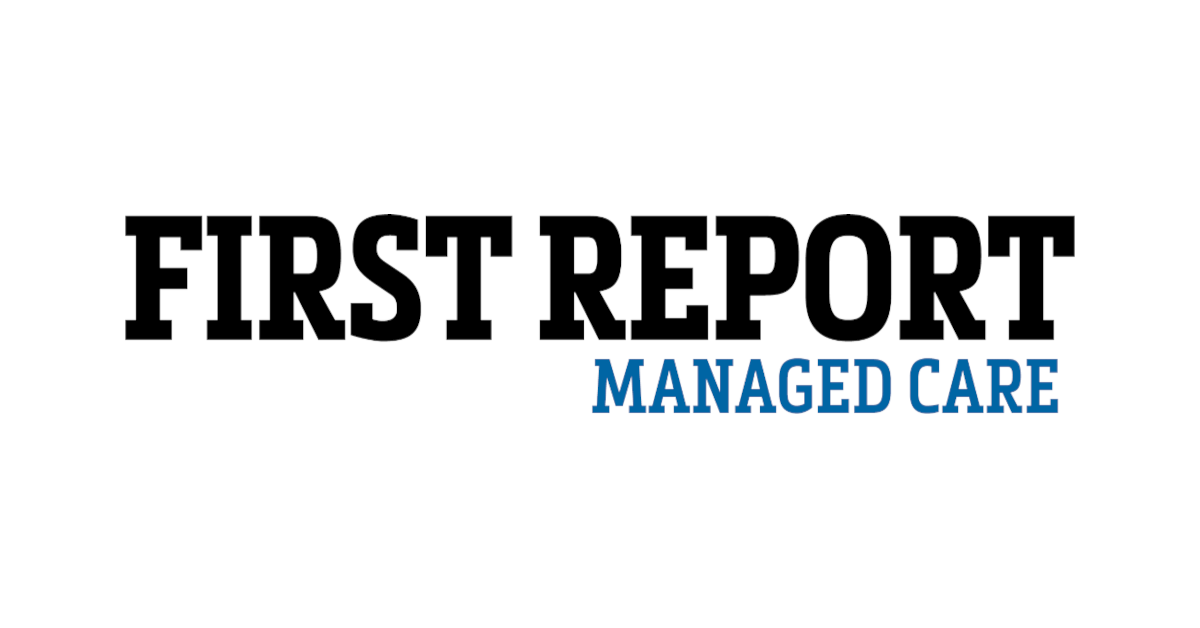Providing equal access to quality care is the central tenet of health equity, a concept which has gained considerable traction in the last two years. The pandemic has highlighted numerous differences in the availability, utilization, and quality of health care services for underserved populations.
Improving health equity is quickly becoming a priority for health care organizations. Back in 2007, the Institute for Healthcare Improvement released its Triple Aim of health care with the goals of optimizing performance, reducing costs, and improving patient care. The framework quickly grew to encompass a fourth aim of improving the clinician experience; many experts are now calling for a quintuple aim that adds the goal of health equity.
Earlier this year, the Centers for Medicare & Medicaid Services (CMS) also launched the Accountable Care Organization Realizing Equity, Access, and Community Health (ACO REACH) model to bring the benefits of accountable care to Medicare beneficiaries in underserved communities. The ACO REACH model will require participating ACOs to identify underserved communities and reduce measurable health disparities within their beneficiary populations.
While much of the national conversation has been focused on eliminating systemic biases and addressing social determinants of health, the ability to access care can also be impeded by a health plan’s utilization management (UM) processes to ensure medically necessary care. In particular, the burden of securing prior authorization (PA), a required approval from a health insurer before a member receives medical treatment, can act as a barrier to timely care.
Logic might suggest this barrier impacts all members equally, regardless of race or socioeconomic status. However, PA can, in fact, have a disproportionate effect on predominantly poor or minority communities. Providers in underserved communities tend to operate on tight financial margins and have fewer registered nurses and ancillary staff members dedicated to time-consuming manual PA processes. When providers have limited human resources, the PA documentation process takes valuable time away from patients and is more likely to result in human error and treatment delays.
While it is unknown how often the burden of requesting PA affects the physician’s decision about which therapies to prescribe, it seems clear that resource-strapped providers see PA as a barrier to care for their patients. One study found that 40% of physicians at cardiology practices with large underserved and minority patient populations believe obtaining approval for newer pharmacological therapies is difficult. For one-third of these resource-strapped practices, staff spend 7 or more hours a week completing PA requests and filing appeals.
Reducing the administrative burden on provider staff through an automated UM platform is a compelling way to accelerate the PA process and help reduce care access disparities. However, the right platform must meet several criteria to have the desired impact on health equity.
Provide Transparency and Value at the Point of Authorization
In the last decade, national health care advocacy organizations have been advocating for the digitization of PA. While electronic processing does speed the submission and review of PA requests, it does not solve for the central problem of UM: providers do not trust how health plans have designed and implemented their UM programs.
To foster greater trust in the value and utility of PA, health plans should leverage a system that uses clearly defined, evidence-based clinical criteria. Preferably, these criteria would be derived from the clinical practice guidelines provided by national medical associations, as this guidance reflects how physicians actually practice medicine. Some states, like California, have even prohibited commercial and managed care plans from making medical necessity decisions based on clinical criteria which are inconsistent with the criteria set forth by such organizations.
Of course, these criteria must also be fully transparent, as physicians need to be assured that PA requests are fairly evaluated for the purposes of ensuring safe, necessary care. California is leading the way in this arena, as it requires state-regulated plans to “provide, at no cost, the clinical review criteria and any training material or resources to providers and health care service plan enrollees.”
By pairing patient-specific clinical data with evidence-based criteria, an artificial intelligence-driven PA platform can offer physicians meaningful, timely advice to optimize a patient’s care. For example, a platform can suggest high-value care choices that are specific to a patient’s diagnosis and demographics. Such platforms can also support bundled authorizations and value-based care models, which may also help to reduce care variation and speed patient access to high-quality care.
Some evidence indicates that bundled care models, such as Medicare’s Comprehensive Care for Joint Replacement (CJR) model, can positively impact existing racial disparities in care. In a 5-year study of 1.5 million hip and knee replacements, implementation of a CJR program led to larger reductions in 90-day and 180-day readmission rates for Black patients than for White patients, although this may in part be due to lower utilization of postoperative care among this group.
Alleviate the Documentation Burden on Strapped Providers
Recent legislative attention on the complex PA process has focused on Medicare Advantage (MA) plans, due in part to a recent audit from the Office of the Inspector General (OIG). After reviewing a random sampling of PA denials from a 1-week period, the OIG concluded that 13% of denied requests met Medicare coverage rules and should have been approved.
The OIG determined the primary cause of these inappropriate denials was the inconsistent application of extraneous clinical criteria and plan-specific policies, which is not a problem limited to MA plans. The systemic challenges of PA also impact members of most commercial and government-funded plans, including Medicaid.
A study released by the Kaiser Family Foundation found that in-network claim denial rates by Affordable Care Act Marketplace plans varied widely in 2020, with 28 of 122 major issuers denying less than 10% of claims; 52 denying 10% to 19% of claims; 36 denying 20% to 30% of claims; and 28 denying more than 30%. At least 9% of these denials reportedly stemmed from insufficient or nonexistent authorization requests.
Given the complexity of the PA process, this is no surprise. In many cases, providers are unaware of which services require PA, as health plans’ policies are not easily accessible within the provider’s workflow. The task of completing PA requests typically requires a provider’s office to submit clinical information to a health plan’s authorization portal, following the plan’s specific processes for 278 EDI transactions and faxes. After an initial review, the health plan can ask the provider to send additional documentation, which is manually correlated to the correct case before the clinical review process begins.
As the OIG reported, one of the most common reasons for improper denials is missing or inadequate information within the PA request. In some cases, health plans denied authorization after providers failed to respond to requests for unnecessary documentation, such as additional test results. In others, the health plan’s clinical review team asked providers to send copies of documentation which was already present in the case file.
An AI-enabled authorization platform can ensure that providers submit PA requests for all services that require advance approval, as per the health plan’s policies. In addition, machine learning models can parse requests in real time to identify omitted information, prompting the provider to include the necessary documentation before submission. Such automated prompts can help streamline the administrative process for providers while reducing downstream delays and denials.
Expedite More Personalized Member Journeys
Understanding the member’s health care journey is crucial for improving outcomes. Patient access varies, especially for underserved populations. Health plans should take this variation into consideration while making determinations, as member journeys are often shaped by patient-specific factors such as out-of-pocket costs, access to transportation, and geographic location.
To identify acceptable care path variations, an intelligent UM platform can combine rich data at both the patient and population level. By integrating condition-specific data with historical clinical, claims, and outcomes data, plus social and structural drivers of health, such platforms can provide actionable intelligence at the point of authorization.
There are numerous factors that contribute to health care disparities in our country. The PA process shouldn’t be one of them. Health plans should strive to provide practices in underserved communities with intelligent, real-time decisioning, addressing the unintended consequences of manual processes on poor and minority members.


